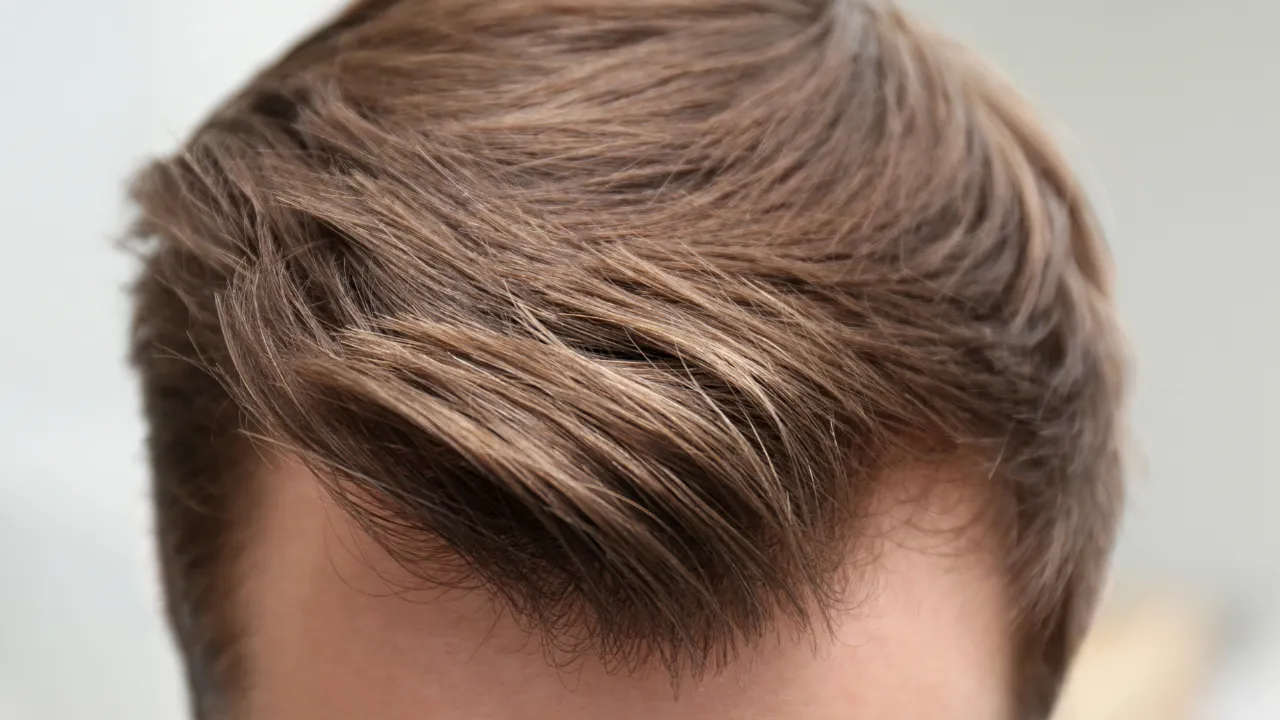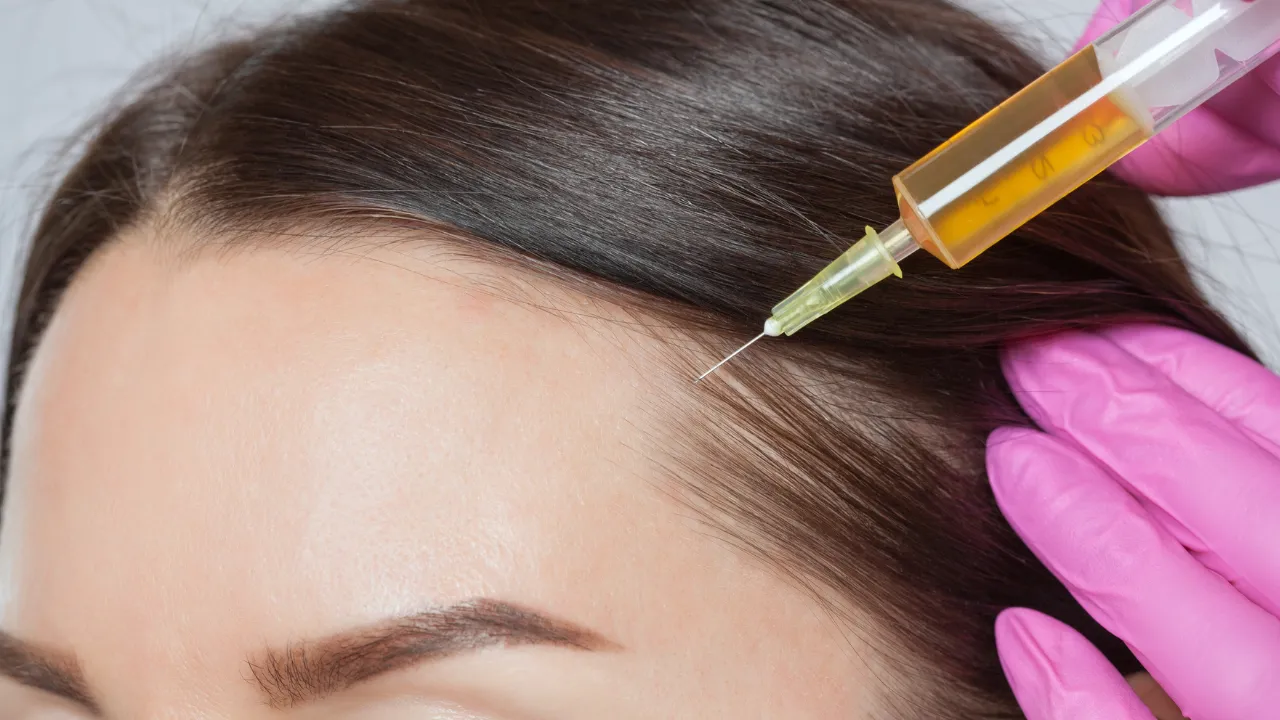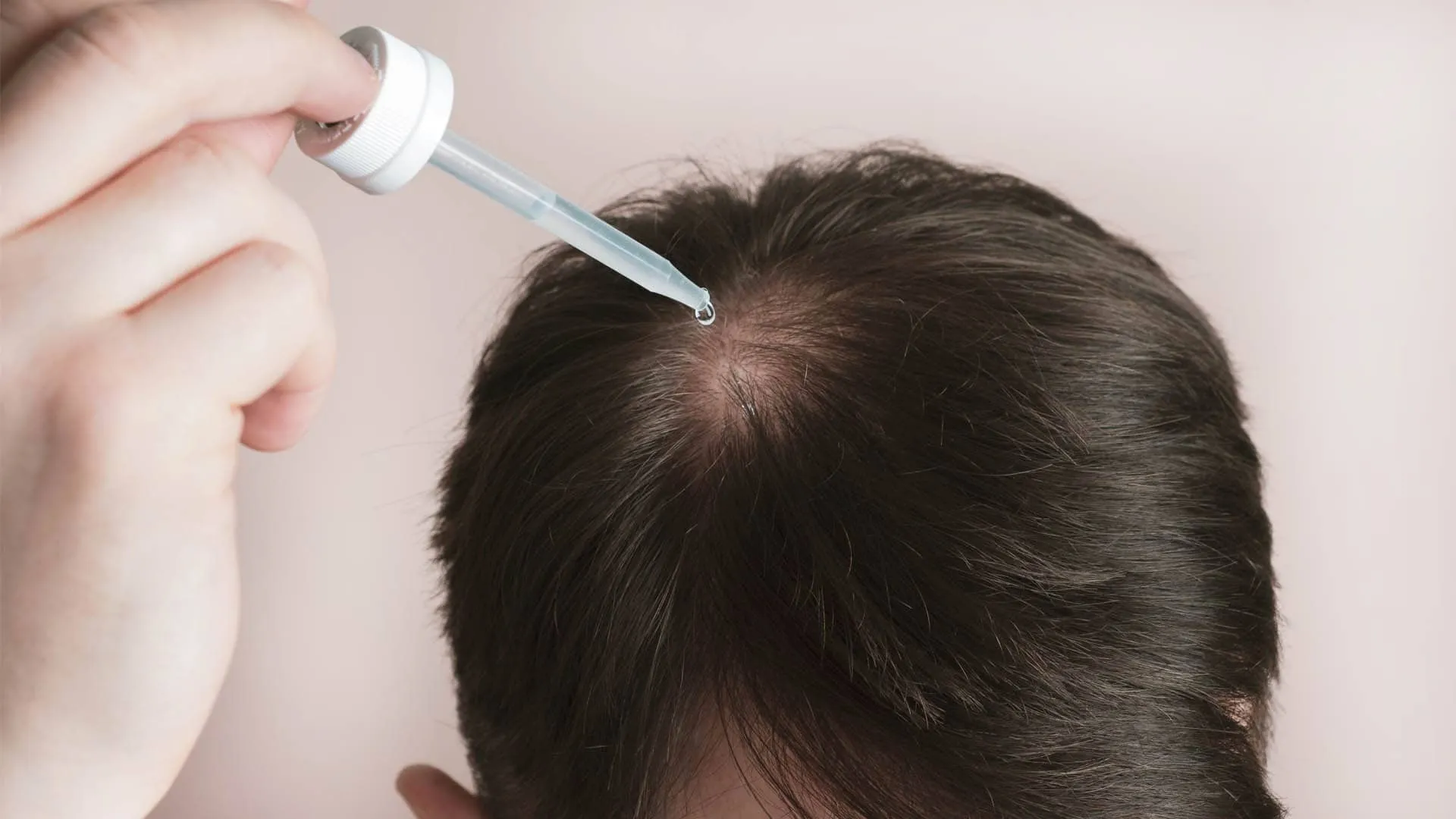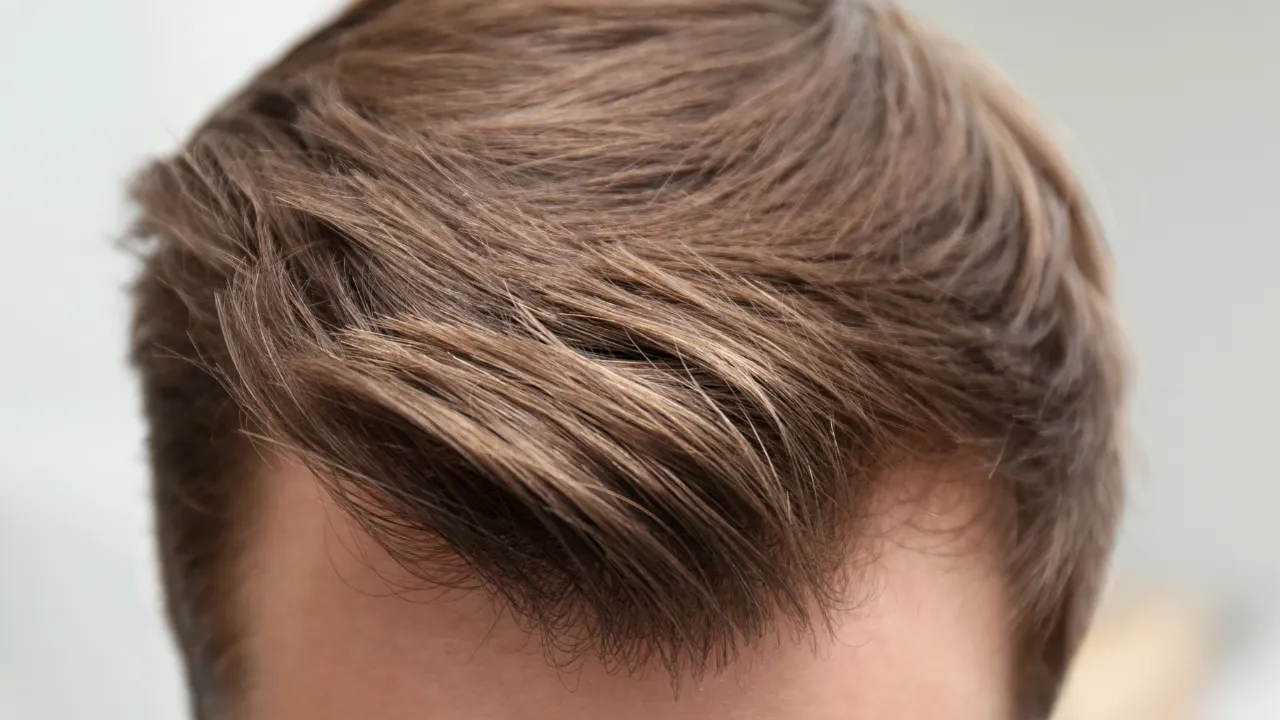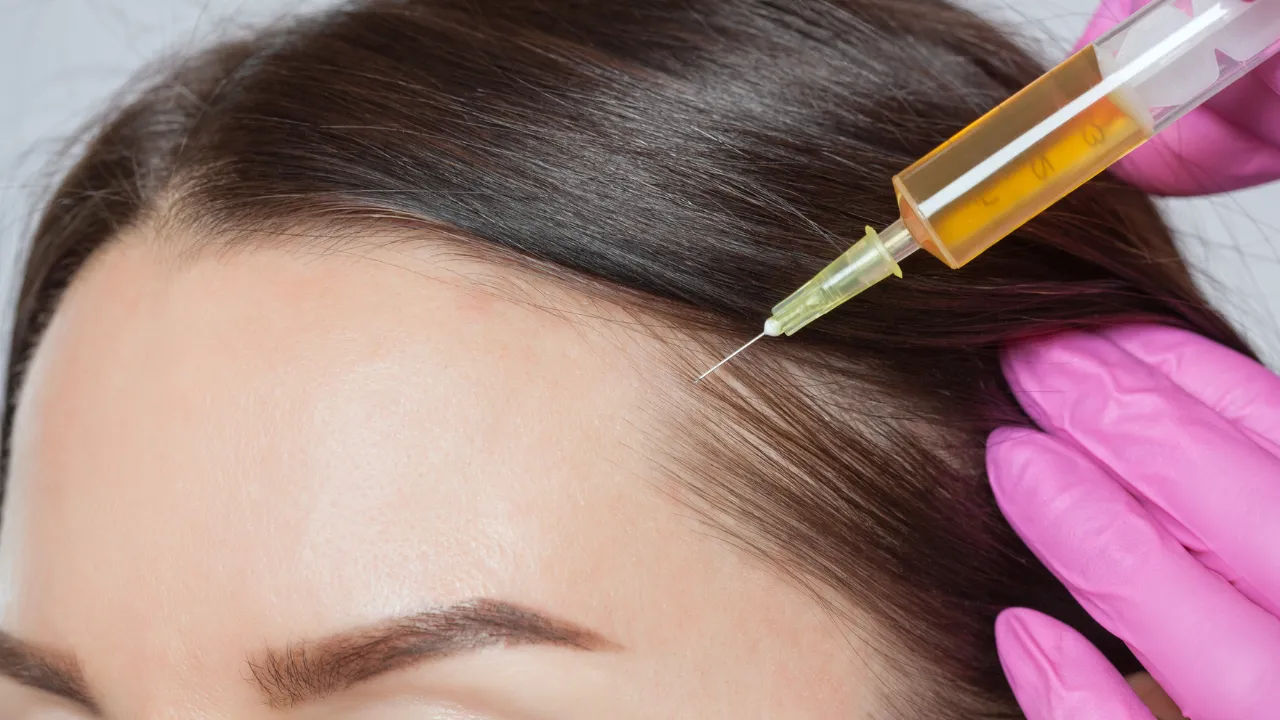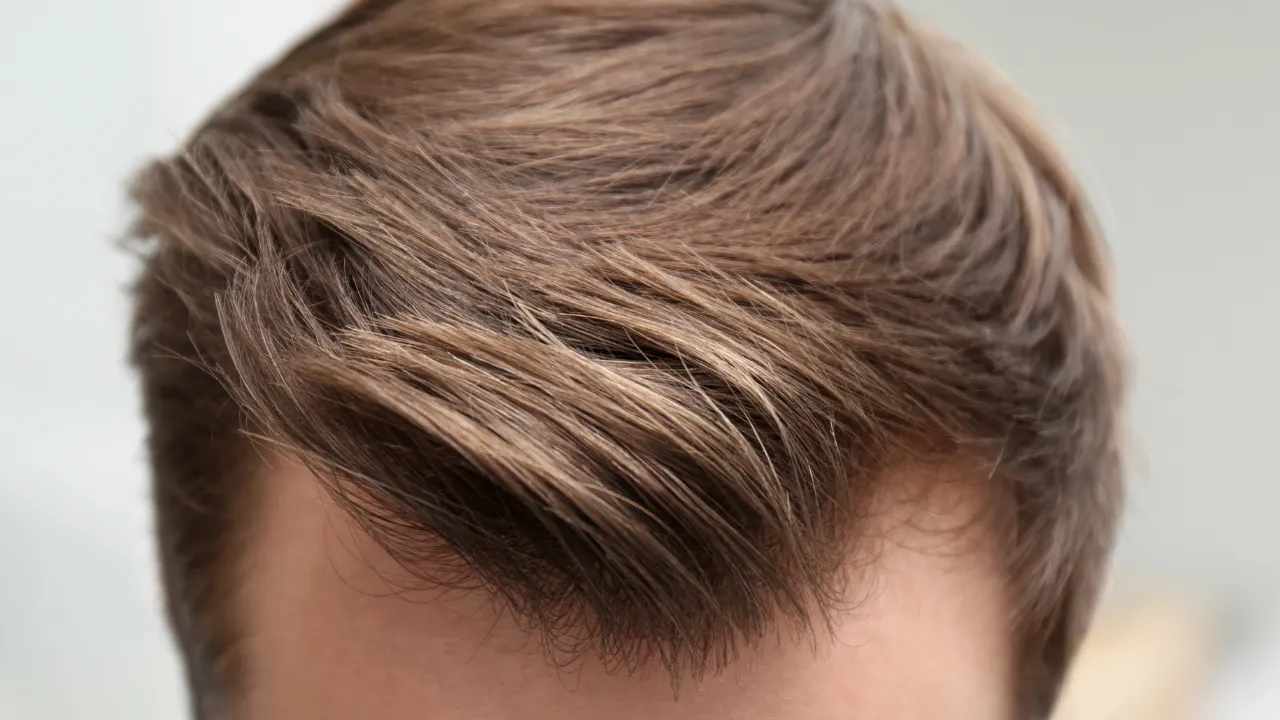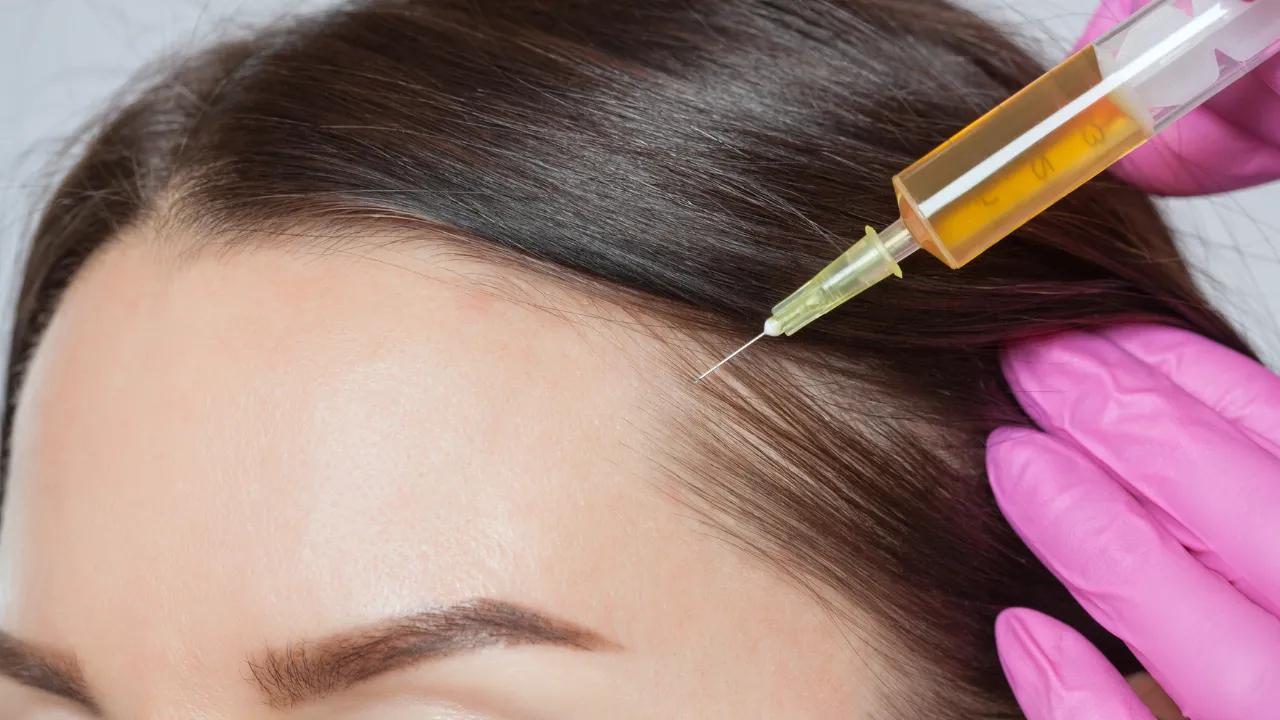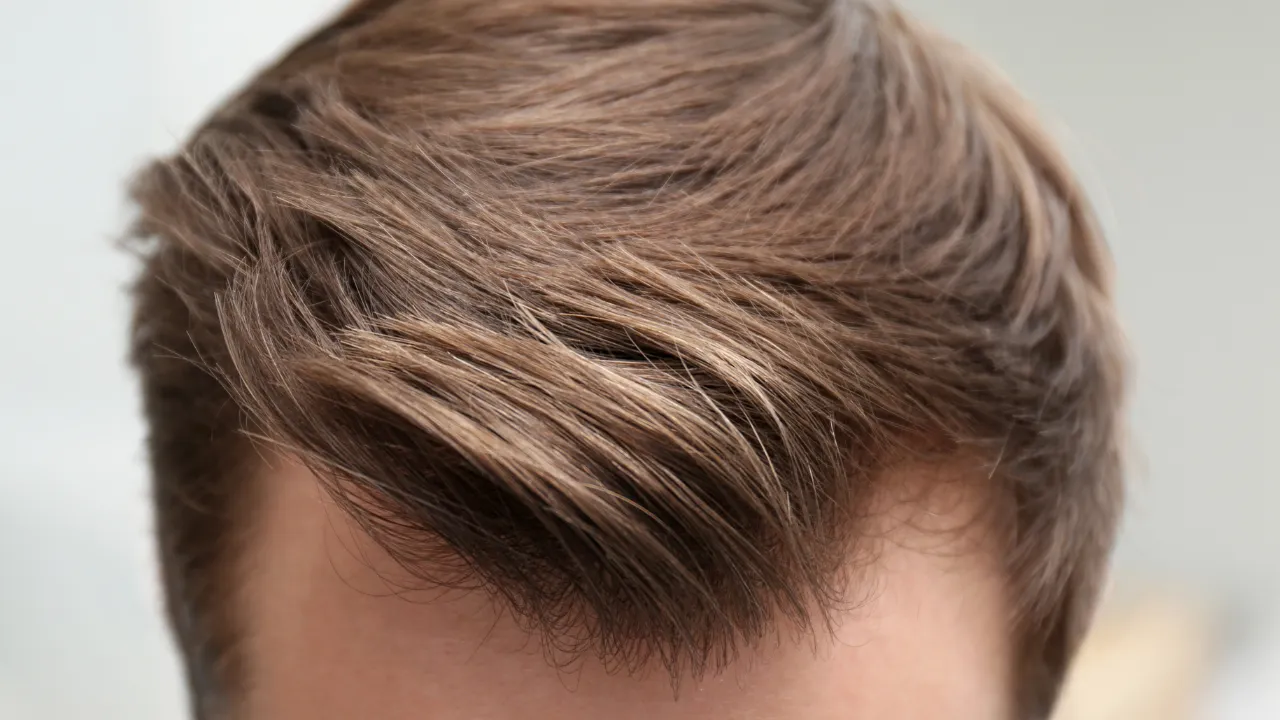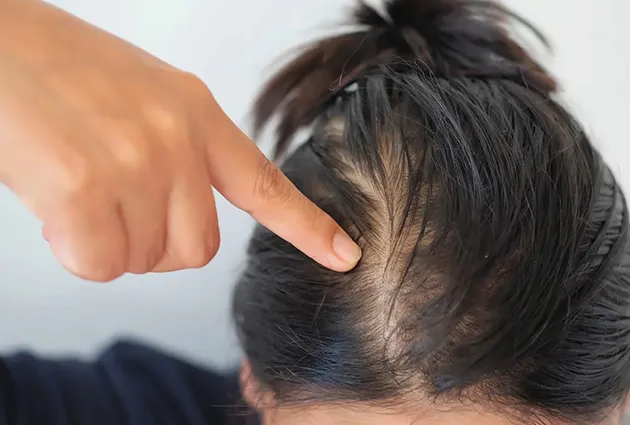Posted on
Generally, hair transplants can be an effective solution for addressing “male pattern hair loss,” a condition commonly associated with male hormones. For transwomen who have undergone gender reassignment surgery and/or are currently on hormone therapy, male pattern hair loss usually stops progressing, which can help maintain the long-term results of hair transplants. By using hair restoration techniques such as follicular unit extraction (FUE)/grafting and hairline lowering, our surgeon can potentially improve the appearance of:

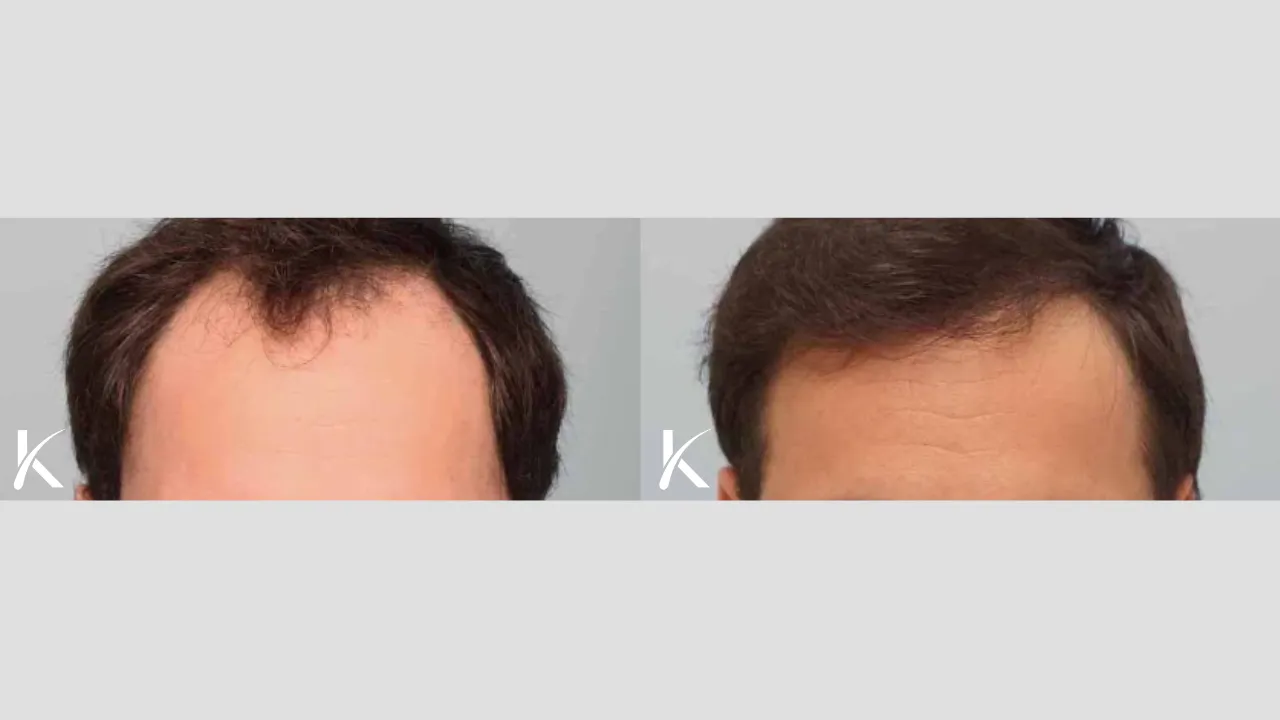
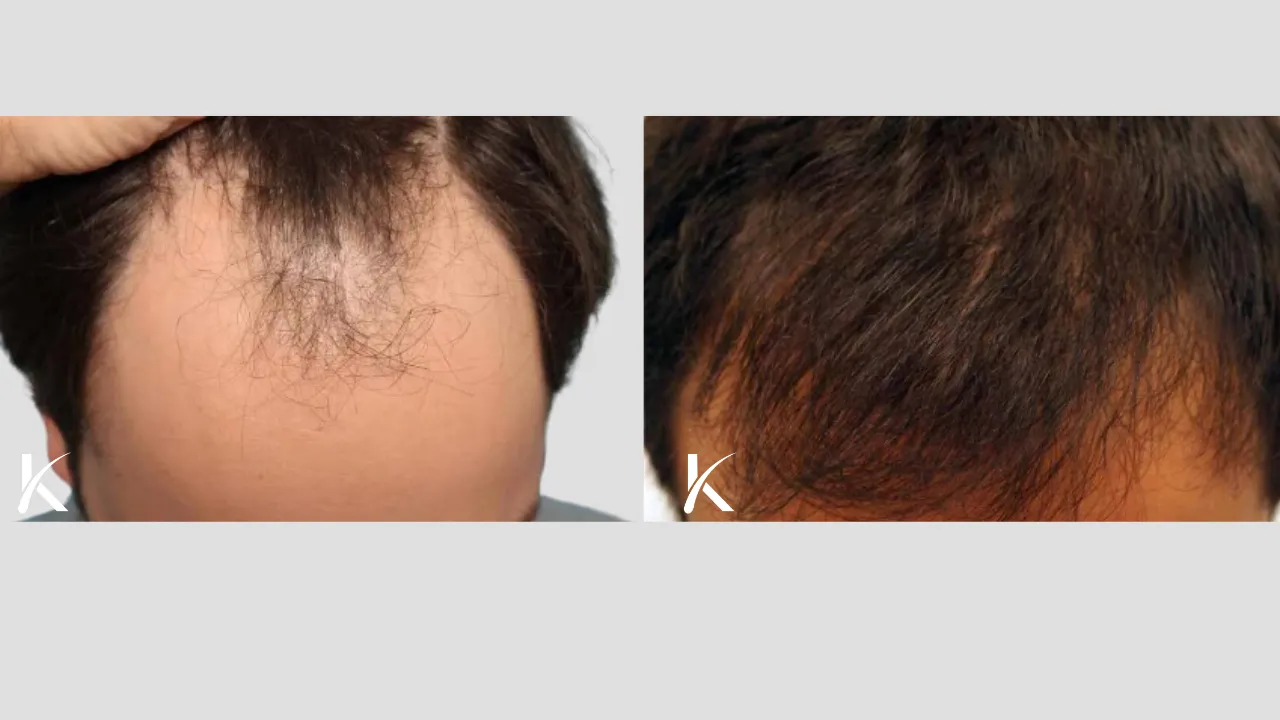
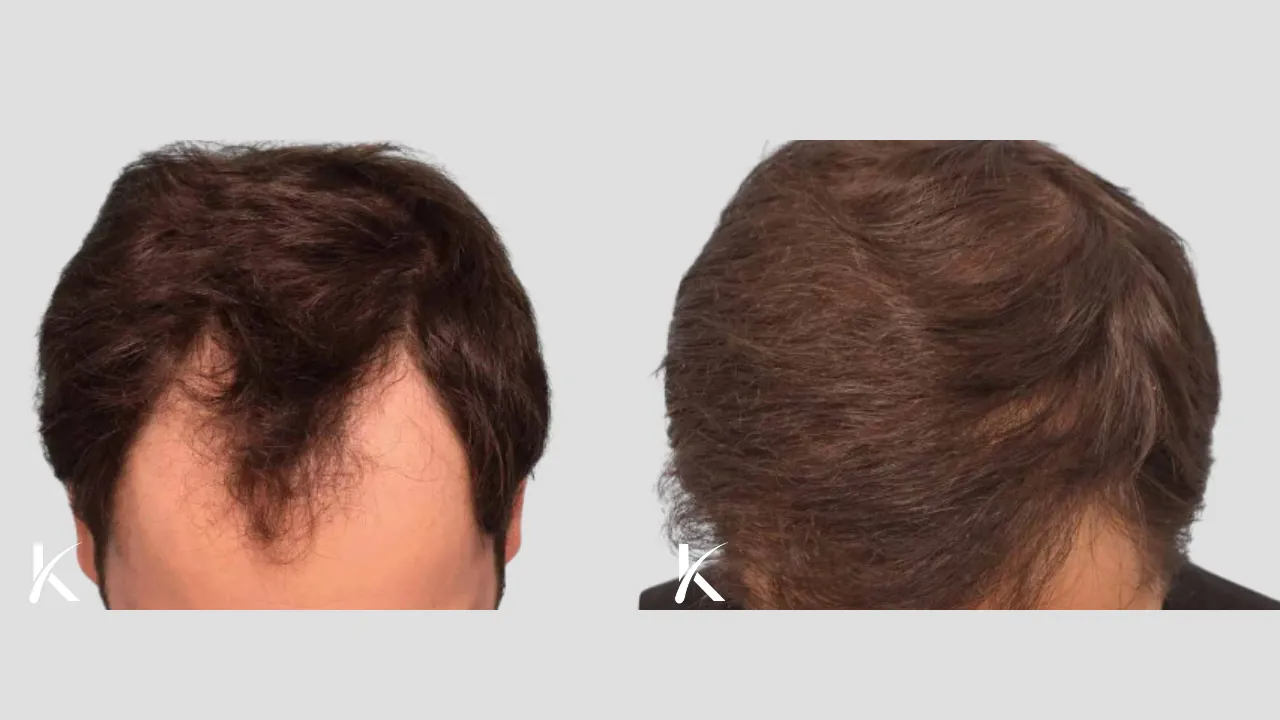
Procedure Description:
Patient aimed to increase hair density on the crown. Photos taken before and nine months after.
